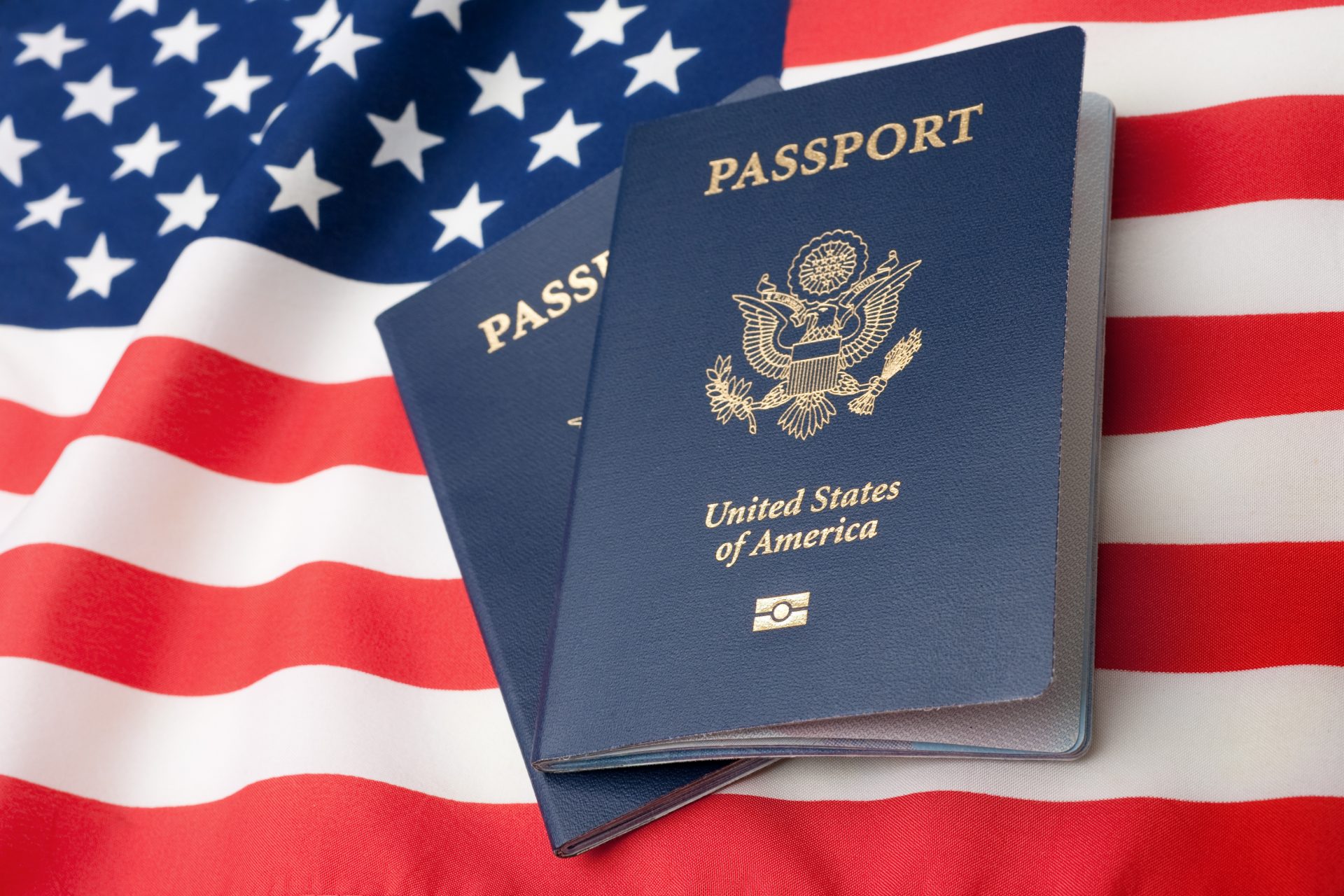Would you be willing to try hypnosis instead of general anesthesia?
If a doctor asked you if you'd be willing to be hypnotized rather than be put under with general anesthesia would you be willing to give it a try? It might sound really unusual but it in fact a real practice.
Have you ever heard of surgical hypnosis? This technique has gradually been adopted in operating rooms in some countries. The idea is to replace general anesthesia with a hypnosis session combined with local anesthesia. But does it really work?
Several studies and clinical trials on surgical hypnosis, also called hypnosedation, have been conducted in France, Belgium and the United States. The results are quite conclusive and demonstrate significant benefits for the patient.
The first traces of medical hypnosis date back to the 18th century, with the writings of German physician Dr. Franz-Anton Mesmer. But the first operation performed under these conditions was carried out in 1829, by the French surgeon Jules-Germain Cloquet, who performed a mastectomy.
With the invention of "chemical" anesthesia in the 19th century, interest in medical hypnosis waned. However, in 1992, Belgian doctor Marie-Elisabeth Faymonville (photo) developed a hypnosedation technique.
Then, two years later, the doctor taught the technique for the first time to her students, at the University of Liège.
Hypnosis can be defined as an altered state of consciousness. “You disconnect, dissociate yourself from what happens on the periphery of your consciousness and enter a state of cognitive flexibility”, explains David Spiegel, professor in the department of psychiatry and behavioral sciences at Stanford University to the BBC.
"You are more open to trying out ideas and having new experiences, leaving aside your usual way of doing things," adds the professor.
Photo: Unsplash - Anthony Tran
Without realizing it, we enter a state of hypnosis daily. This is what Elizabeth Rebello, professor in the department of anesthesiology and perioperative medicine at MD Anderson Cancer Center (Texas), described to the BBC: "While driving, you’re thinking about what you need to do for the day, something about your family, and suddenly you realize you’ve arrived,” she explains. “That’s a little bit of what hypnosis does."
Photo: Jan Baborak / Unsplash
As you can imagine, surgical hypnosis does not replace general anesthesia in all cases. It is not used for major surgeries, such as those carried out on internal organs, for example.
Christine Watremez, an anesthesiologist and specialist in medical hypnosis in Belgium, explains: "We apply it in 'superficial' interventions: thyroid, scar repair, umbilical surgery, inguinal hernias and plastic surgery. It can also be used in mastectomies."
In one study, Dr. Marie-Elisabeth Faymonville used magnetic resonance imaging (MRI) to analyze brain regions of patients, hypnotized or not, subjected to painful stimuli. Their results show that when the patient is hypnotized, they have fewer brain areas activated by pain.
In 2000, scientific research published in the medical journal The Lancet demonstrated the beneficial effects of hypnosis.
The experiment was carried out in Boston, by Professor Lang, on 241 volunteer patients. The result was extremely positive, as it showed a reduction in the sensation of pain, the level of stress, the amount of medication needed and even the duration of the intervention.
Photo: Unsplash - Engin Akyurt
Hypnosedation is known to ease the patient's mind and thus reduce the anxiety associated with surgery. Its positive effects help provide a more pleasant experience.
After an operation under hypnosedation, patients feel less tired than when coming out of general anesthesia. This way, they can resume their daily life more easily.
Furthermore, patients also experience fewer side effects (nausea, vomiting, muscle pain). These results were cited in a study entitled "A randomized clinical trial of a brief hypnotic intervention to control side effects in breast surgery patients", carried out in 2007, by Dr. Montgomery, in the USA.
Photo: Unsplash - Ani Kolleshi
In fact, post-operatively, patients require a reduced dose of analgesics during their recovery compared to those undergoing general anesthesia.
On the other hand, hypnosedation has its limits: not all patients can be hypnotized. "To some extent, most people are susceptible to hypnosis. But there are 25% of adults who are not," Stanford University professor David Spiegel told the BBC.
Before surgery, this approach requires theoretical and practical preparation between the patient and their anesthetist. It typically takes more time than conventional anesthesia, which can be a hindrance for doctors.
For the surgical hypnosis technique to work, the patient must consent to it and feel confident, letting themselves be guided by the voice of their anesthetist. Throughout the intervention, the patient has the possibility of requesting general anesthesia, if necessary.
More for you
Top Stories



































